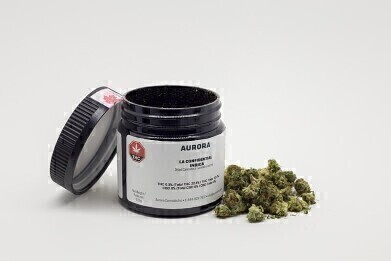HPLC, UHPLC
Accurate and reliable testing of cannabis products
Feb 28 2023
As the use of marijuana becomes more accepted and legal across the United States, the need for accurate and reliable testing of cannabis products has become increasingly important. With 29 states and several territories having legalised medical marijuana and 9 states allowing for recreational use, the number of cannabis testing laboratories has also grown. Potency testing is particularly important for medical treatment or research, making analytical standards for the primary components of cannabis crucial.
Historically, analytical methods used for cannabis testing have had limitations, such as lack of robustness and long sample turnaround times. However, a recent study has described the development of a simple, accurate, and reproducible analytical method for the chromatographic separation and quantitation of seven primary cannabinoids in cannabis extracts using high performance liquid chromatography (HPLC) with photodiode array (PDA) detection and an SPP (superficially porous particle) column.
The primary focus of cannabis testing has been on Δ9-tetrahydrocannabinol (THC), the primary active ingredient in cannabis and the compound responsible for its psychoactive effects. However, it is also important to focus on Δ9-tetrahydrocannabinolic acid (THC-A), the naturally occurring precursor to THC that is readily converted during the drying and heating process.
Previous efforts to standardize cannabis testing have used standard solutions of different cannabinoids for method development. However, the complex matrix of compounds in cannabis requires the use of actual cannabis samples for the development of a reproducible method for whole cannabis testing. The use of a SPP column in the HPLC method allows for the separation and quantitation of the seven primary cannabinoids in cannabis extracts with high accuracy and reproducibility.
It is important to note that current federal law still classifies cannabis as a Schedule I substance, with no accepted medical use and a high potential for abuse. This creates a conflict with state laws and policies, and highlights the need for further research on the medical benefits and potential risks associated with cannabis use.
In conclusion, as the use of marijuana becomes more accepted and legal across the United States, the need for accurate and reliable testing of cannabis products has become increasingly important. The development of a simple, accurate and reproducible analytical method using HPLC with PDA detection and an SPP column is a significant step forward in standardising cannabis testing and ensuring the quality, safety, and potency of cannabis products for medical and recreational use.
More information online
References:
- https://www.dea.gov/controlled-substances-act
- https://www.mpp.org/states/
- https://www.governing.com/gov-data/safety-justice/state-marijuana-laws-map-medical-recreational.html
- https://www.ncbi.nlm.nih.gov/pmc/articles/PMC5849861/
Events
May 11 2025 Vienna, Austria
May 18 2025 Tempe. AZ, USA
May 21 2025 Birmingham, UK
Jun 01 2025 Baltimore, MD, USA
Jun 15 2025 Bruges, Belgium














